Chinese President Xi Jinping inspected a missile brigade of the People's Liberation Army stationed in the southeastern province of Anhui on October 17, the first public inspection of a Rocket Force unit since 2016, and footage of the visit showed several nuclear-capable missiles, Xinhua News Agency reported.
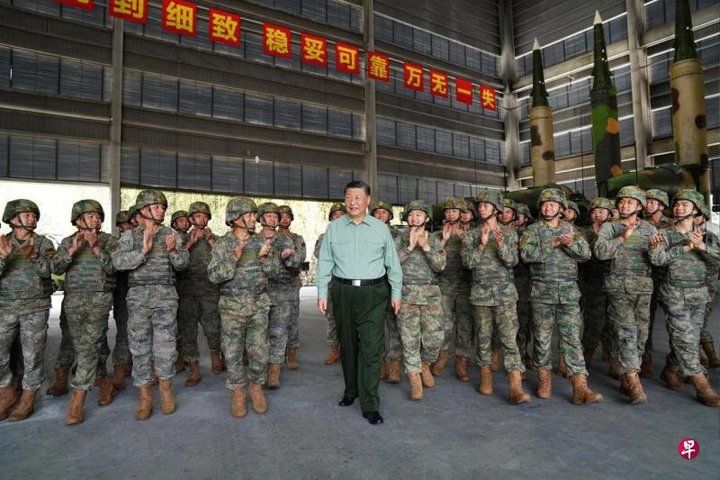
Chinese President Xi Jinping inspects a brigade of the Rocket Force on October 17. (Photo: Xinhua)
The inspection tour comes just three days after the Joint Sword 2024B military exercise, which involved China's air force, army, navy and Rocket Force.
The drills came days after Taiwanese President William Lai Ching-te said Beijing had no authority to represent the island. A day after the drills, Xi Jinping visited Dongshan Island in Fujian Province, which faces Taiwan.
“The Rocket Force programs are intended to signal to the US that China's military capabilities are constantly improving, whether in nuclear or conventional missile technology, both weapons and tactics are constantly being upgraded,” said military expert Song Zhongping.
Mr Song said the force could play a key role in a possible conflict in the Taiwan Strait and “prevent external forces such as the US from interfering in China’s internal affairs, especially regarding Taiwan”.
Footage of Xi's inspection tour of the base in Anhui was filmed by state broadcaster CCTV .
Liang Guoliang, a military commentator in Hong Kong, said the missiles shown in the footage were the DF-26, a new generation of medium-range ballistic missiles that China has been actively developing in recent years, dubbed the "aircraft carrier killer" or "Guam Express" because of its ability to reach the US mainland.
25 DF-26 missile launchers appeared in the CCTV footage. Of them, 20 were lined up outdoors for inspection, while 5 demonstrated the launch process indoors. This suggests that a DF-26 missile brigade has at least 25 missile launchers.
Mr Liang said it was “unthinkable” in the early days of the Second Artillery Corps, the predecessor of the Rocket Force, when each brigade was equipped with only a single ballistic missile. The Second Artillery Corps was transformed into the Rocket Force in 2015 as part of a broader military overhaul.
According to expert Liang, the report highlights a significant increase in the combat capabilities of Rocket Force brigades, with "now very high mobility and survivability" and reaching one of the "highest levels of technological sophistication in the world".
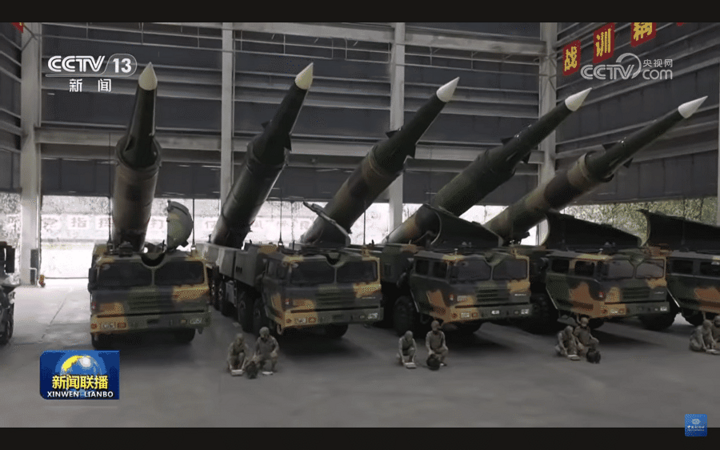
Missile launchers appear in footage of Xi Jinping's inspection tour. (Source: CCTV)
The crucial role of DF-26
The DF-26 missile can quickly switch between conventional and nuclear warheads, and has an advanced guidance system that allows for mid-flight trajectory adjustments.
Public data shows that the DF-26 missile is about 14 meters long, 1.4 meters in diameter, and has a launch weight of 20 tons. The missile can carry a single 1.8-ton warhead or three independently targeted warheads, with a maximum range of 5,000 kilometers and mobile launch capabilities.
Each launcher is accompanied by two dedicated missile transporters, meaning each launcher is equipped with a total of three missiles. As a result, a DF-26 missile brigade is capable of firing more than 75 missiles at once, destroying one or even multiple enemy aircraft carrier battle groups.
Malcolm Davis, a senior analyst at the Australian Strategic Policy Institute, said: "If deterrence fails, China will use long-range precision strikes to deny access and movement in the Western Pacific. The DF-26 and DF-21D missiles are central to this strategy."
Davis said the DF-26 could be used to target US military bases in the Ryukyu Islands (Japan), Guam and possibly northern Australia. Meanwhile, the DF-21D is an early intermediate-range ballistic missile that could be used to target warships.
Mr. Xi's inspection tour underscores the Chinese military's readiness amid rising tensions in the Taiwan Strait, expert Davis added.
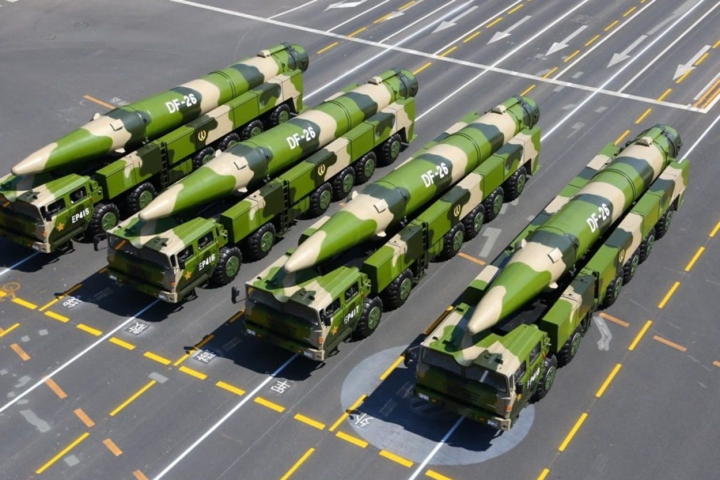
DF-26 missile at a military parade in Beijing, China, September 2015. (Photo: Xinhua)
According to expert Liang Guoliang, although the base and operating unit that Mr. Xi inspected were not identified, it was likely Base 61, one of six bases of the Chinese military responsible for launching missiles.
The US Air Force Academy believes that this base is mainly focused on Taiwan.
Song Zhongping, a military expert, described the Rocket Force as the “backbone” of the Chinese military’s nuclear deterrence strategy. He said that if the US intervened, the conflict in the Taiwan Strait would spread beyond the surrounding area, which meant the Rocket Force had to be fully combat-ready.
“Upgrading weapons systems takes time, so the Rocket Force must maximize the potential of existing equipment and use new tactics to win military conflicts if they may arise in the future,” Song said.
Source: https://vtcnews.vn/vai-tro-va-suc-manh-lu-doan-ten-lua-df-26-trung-quoc-ar903409.html


![[Photo] Promoting friendship, solidarity and cooperation between the armies and people of the two countries](https://vstatic.vietnam.vn/vietnam/resource/IMAGE/2025/4/17/0c4d087864f14092aed77252590b6bae)
![[Photo] Welcoming ceremony for Chinese Defense Minister and delegation for friendship exchange](https://vstatic.vietnam.vn/vietnam/resource/IMAGE/2025/4/17/fadd533046594e5cacbb28de4c4d5655)
![[Photo] General Secretary To Lam receives French Ambassador to Vietnam Olivier Brochet](https://vstatic.vietnam.vn/vietnam/resource/IMAGE/2025/4/17/49224f0f12e84b66a73b17eb251f7278)
![[Photo] President Luong Cuong receives Kenyan Defense Minister Soipan Tuya](https://vstatic.vietnam.vn/vietnam/resource/IMAGE/2025/4/17/0e7a5185e8144d73af91e67e03567f41)
![[Photo] Warm meeting between the two First Ladies of the Prime Ministers of Vietnam and Ethiopia with visually impaired students of Nguyen Dinh Chieu School](https://vstatic.vietnam.vn/vietnam/resource/IMAGE/2025/4/17/b1a43ba73eb94fea89034e458154f7ae)
![[Photo] Prime Minister Pham Minh Chinh and Ethiopian Prime Minister visit Tran Quoc Pagoda](https://vstatic.vietnam.vn/vietnam/resource/IMAGE/2025/4/17/18ba6e1e73f94a618f5b5e9c1bd364a8)
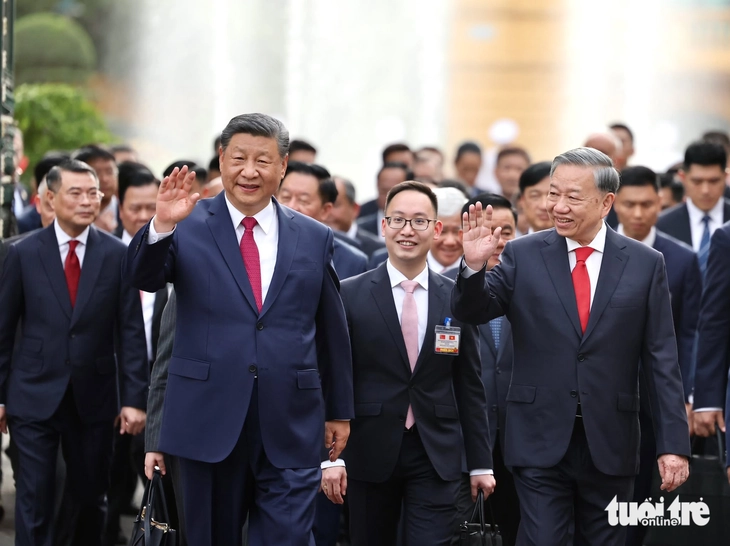

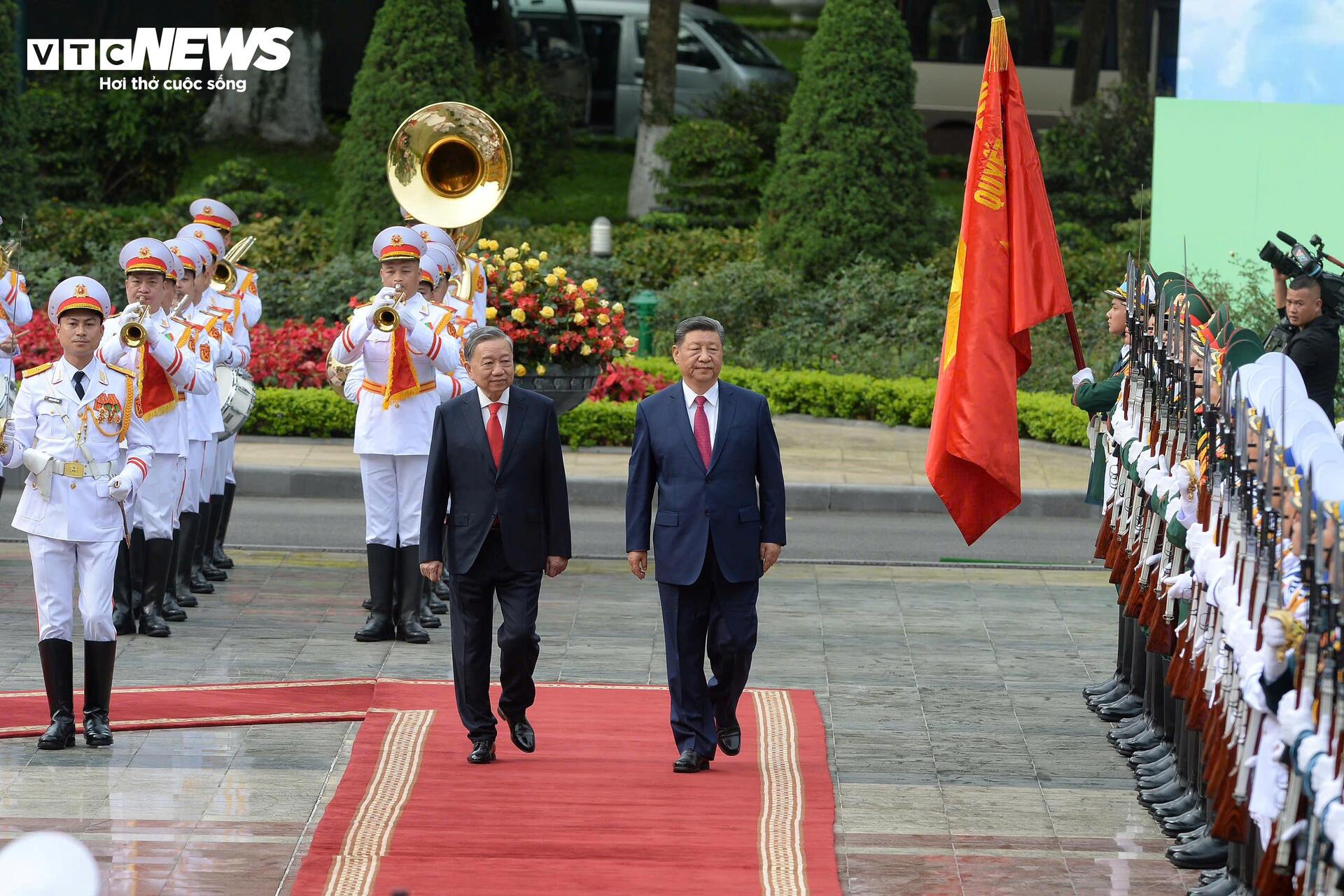
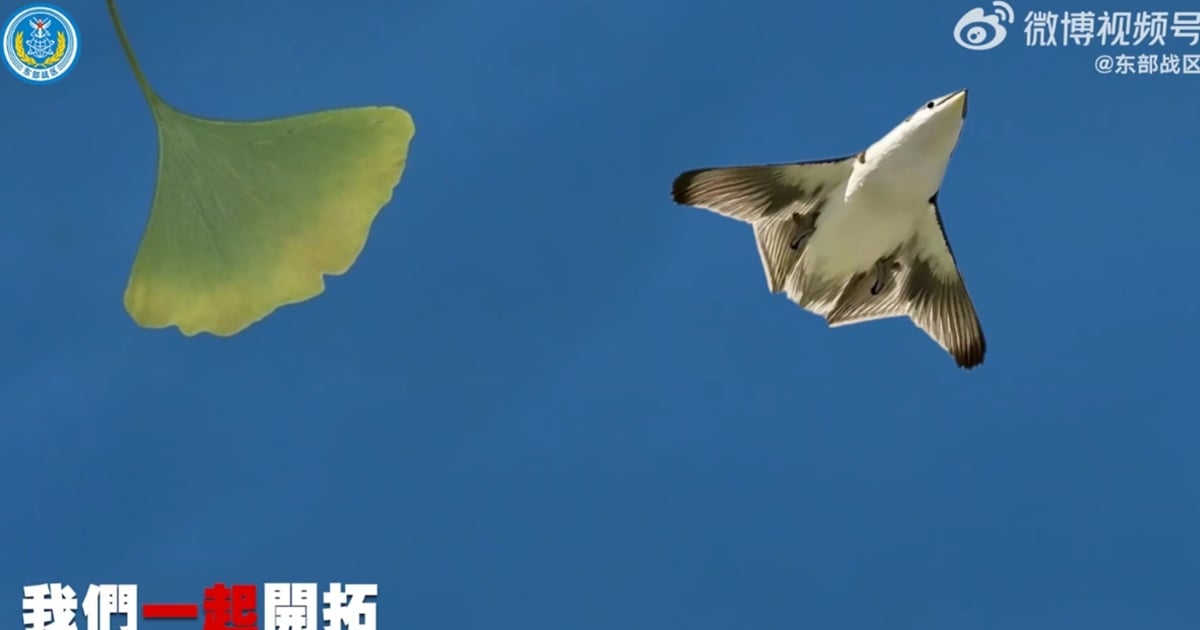

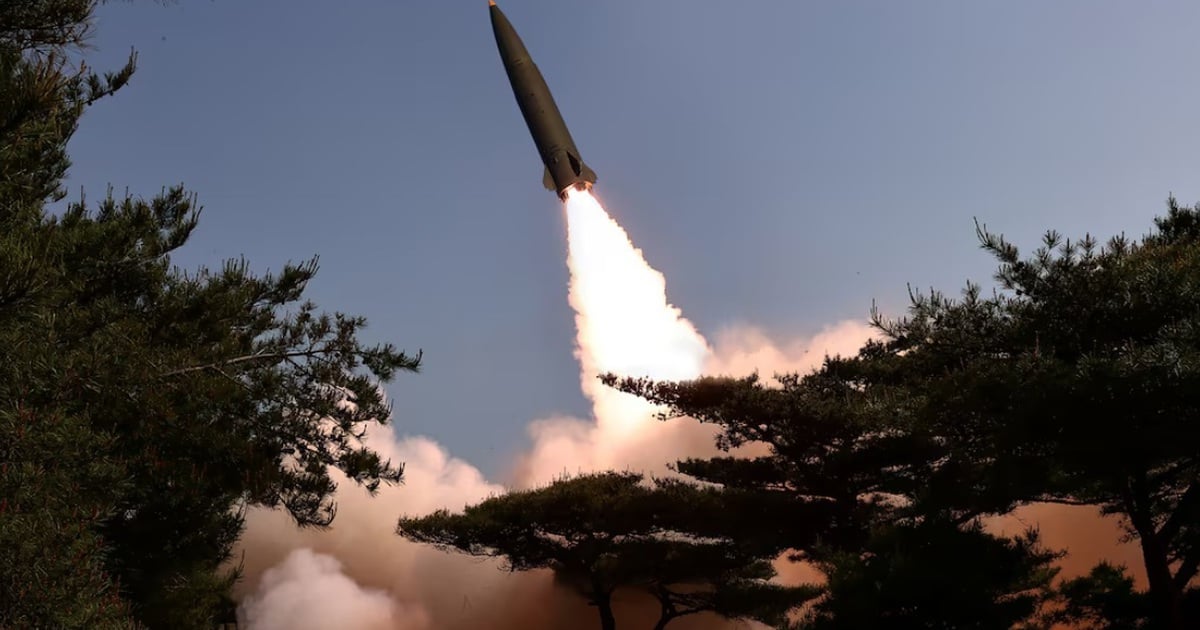
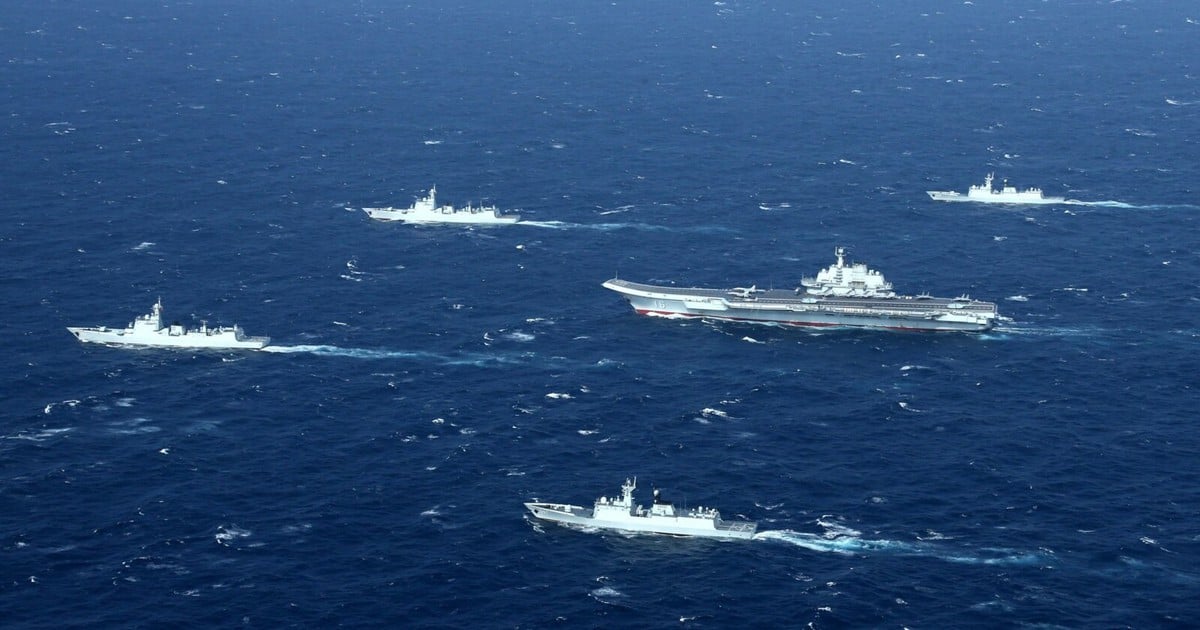
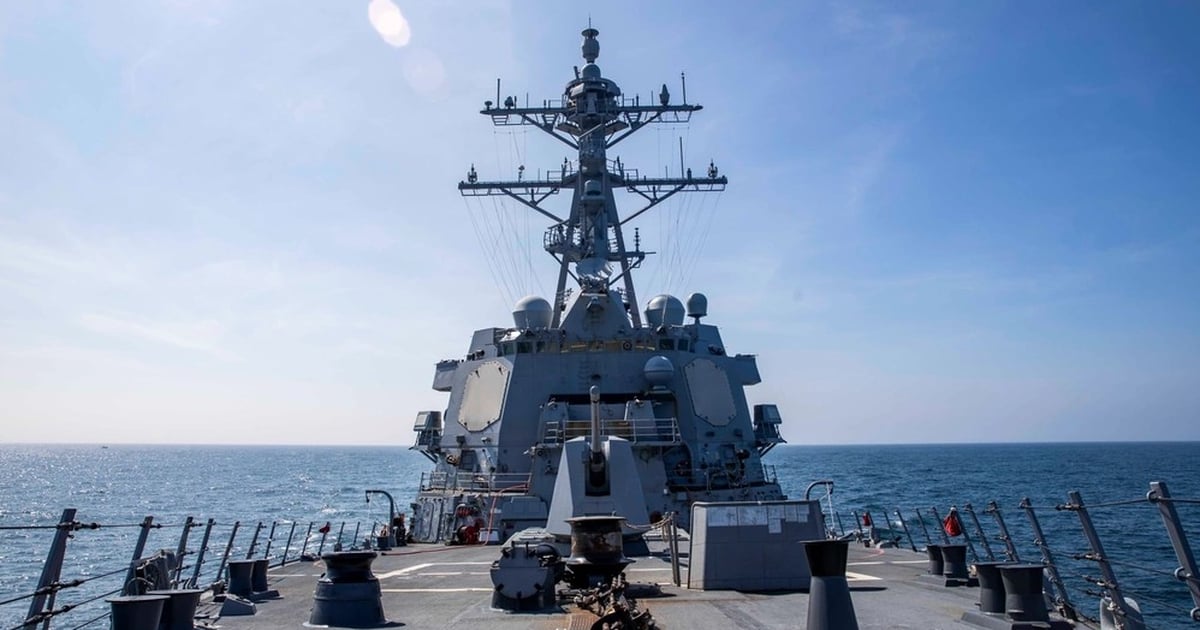
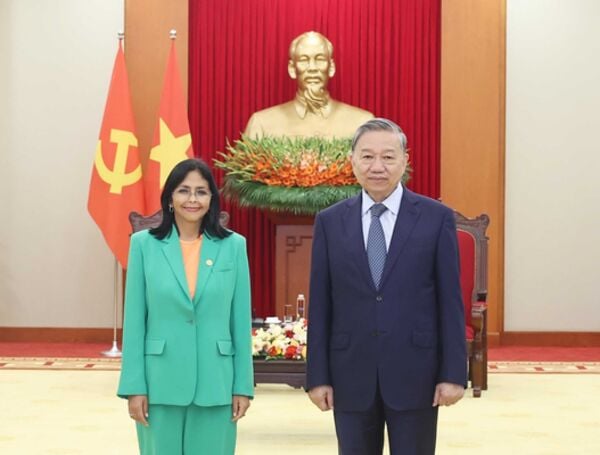
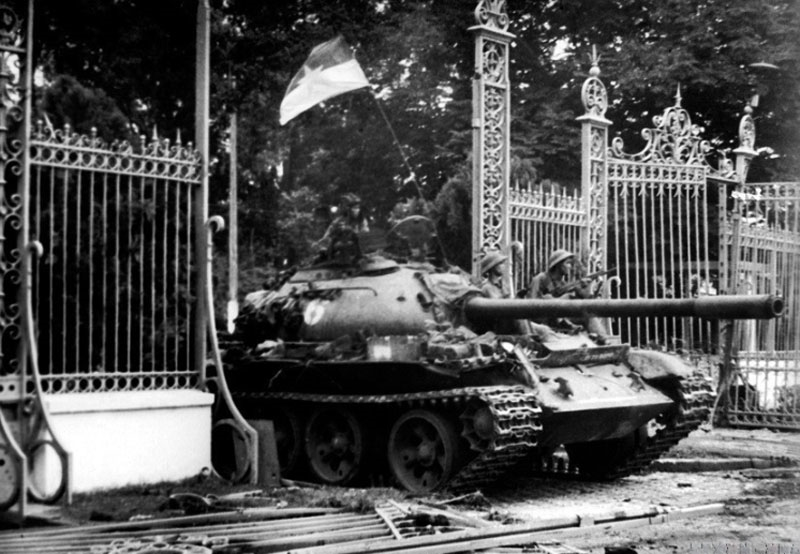

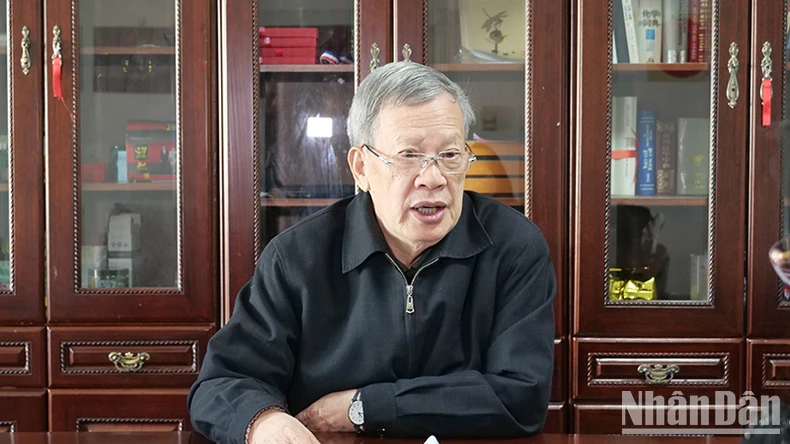

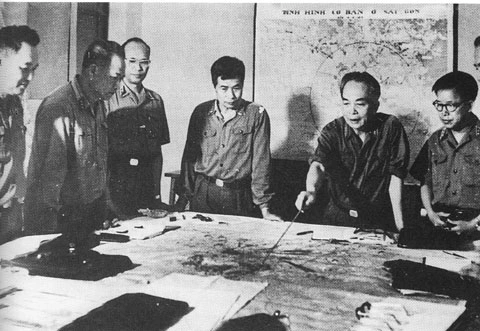






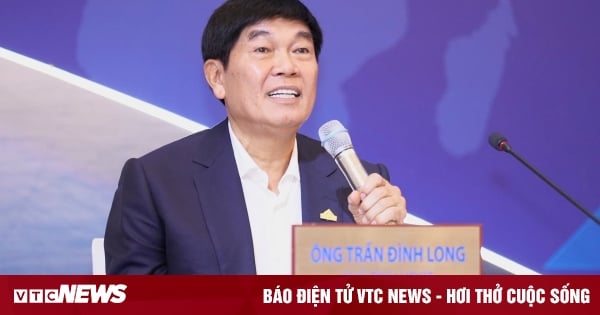
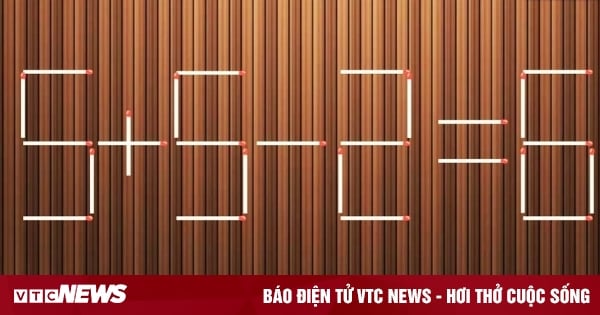





















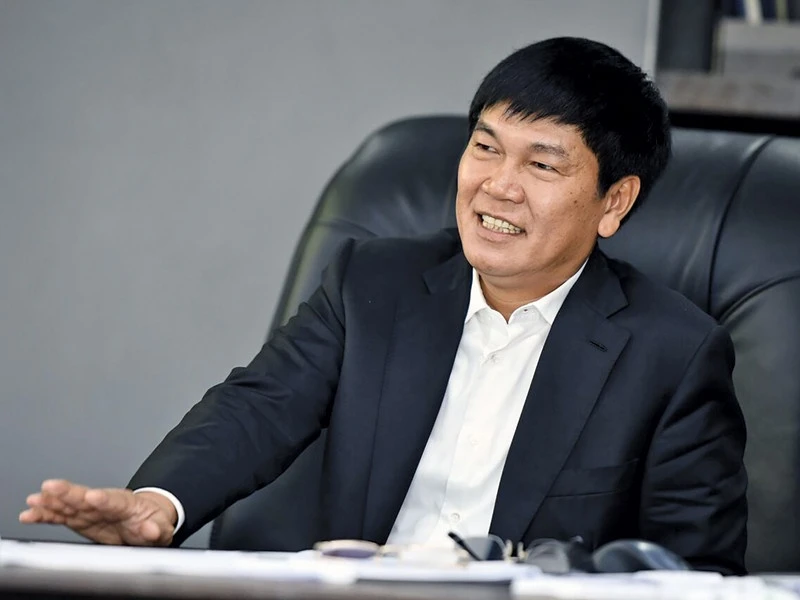

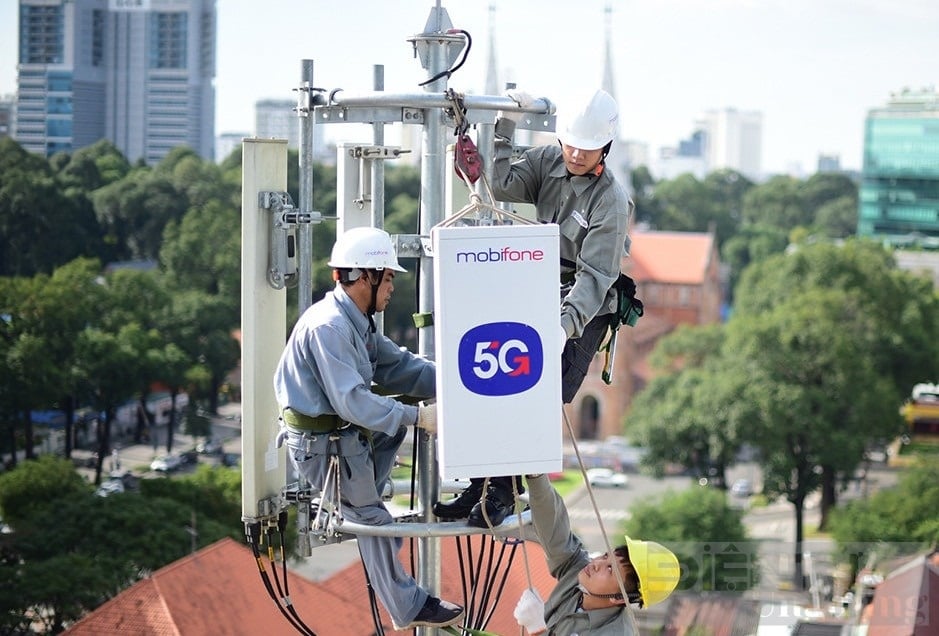

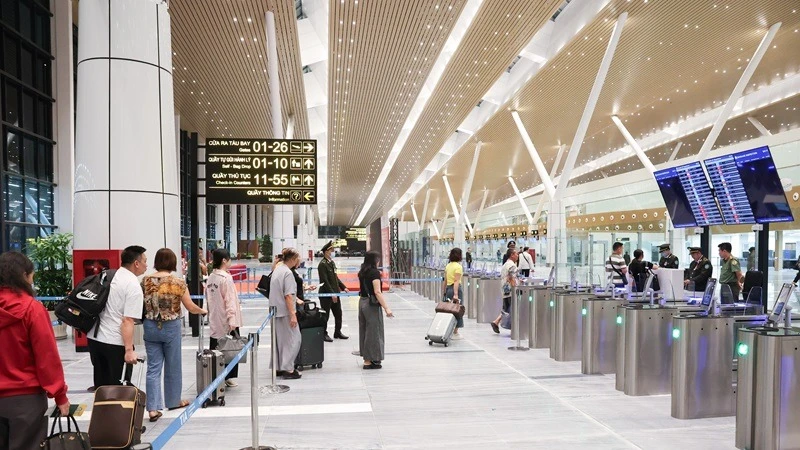

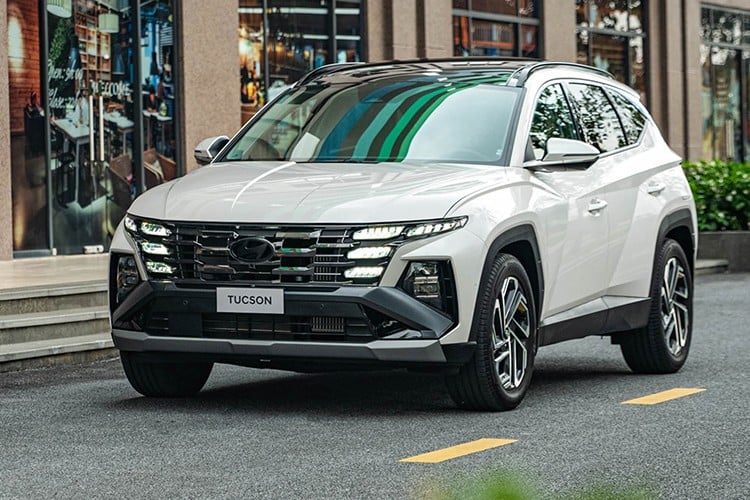

![[Video] Viettel officially puts into operation the largest submarine optical cable line in Vietnam](https://vstatic.vietnam.vn/vietnam/resource/IMAGE/2025/4/17/f19008c6010c4a538cc422cb791ca0a1)
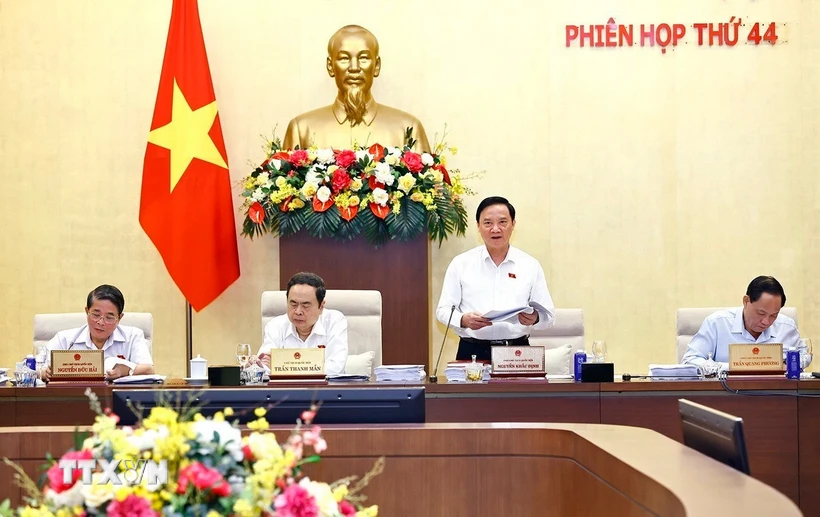
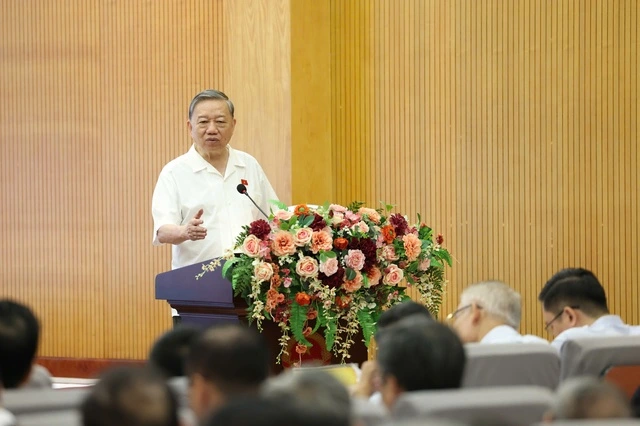
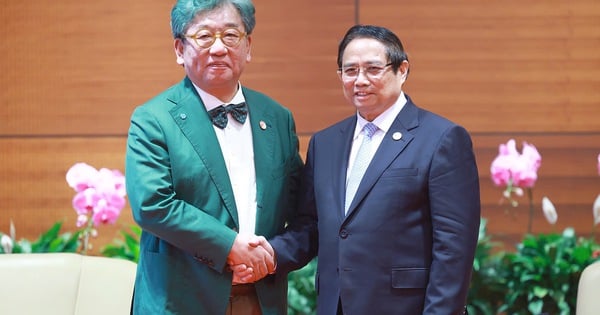

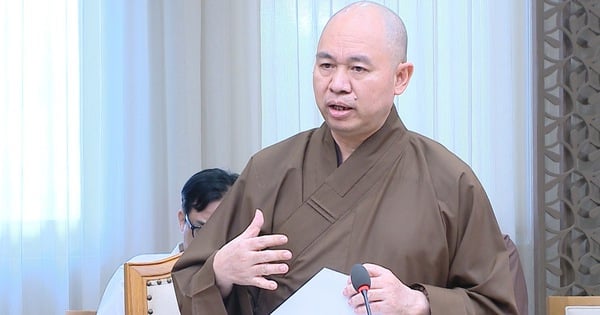
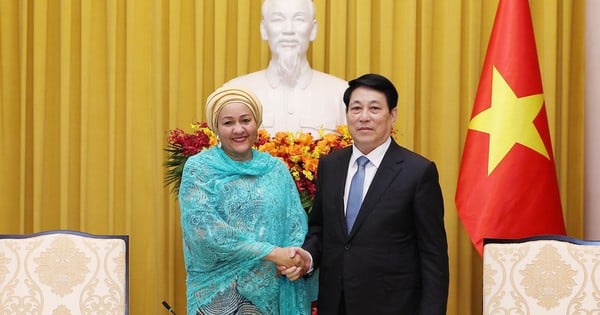
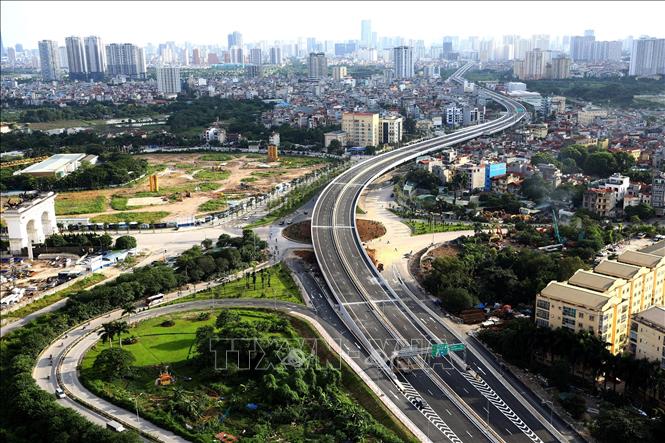



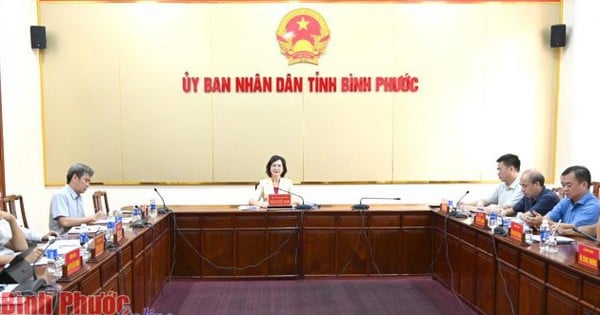


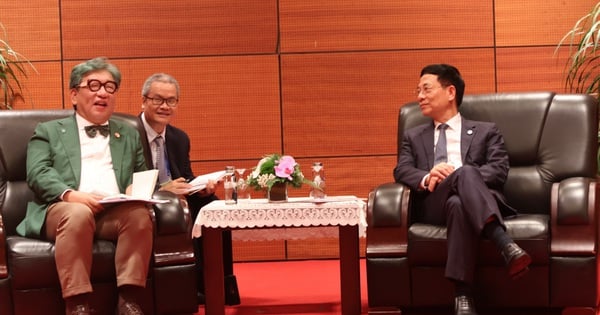
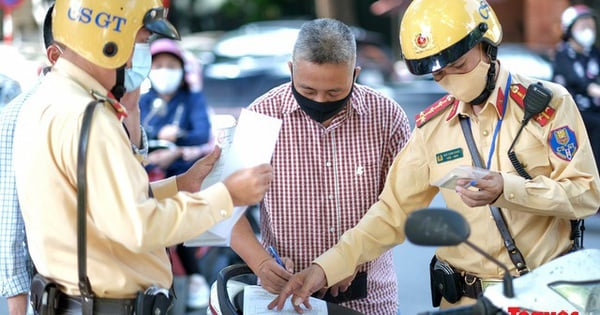

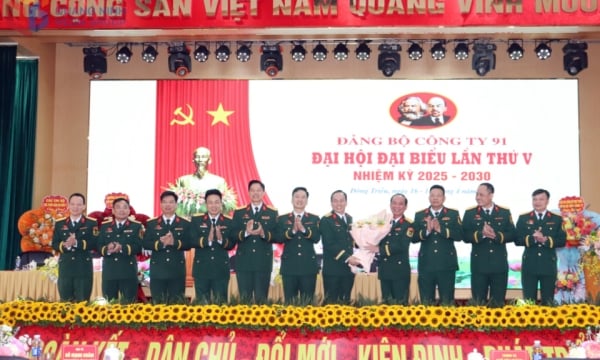












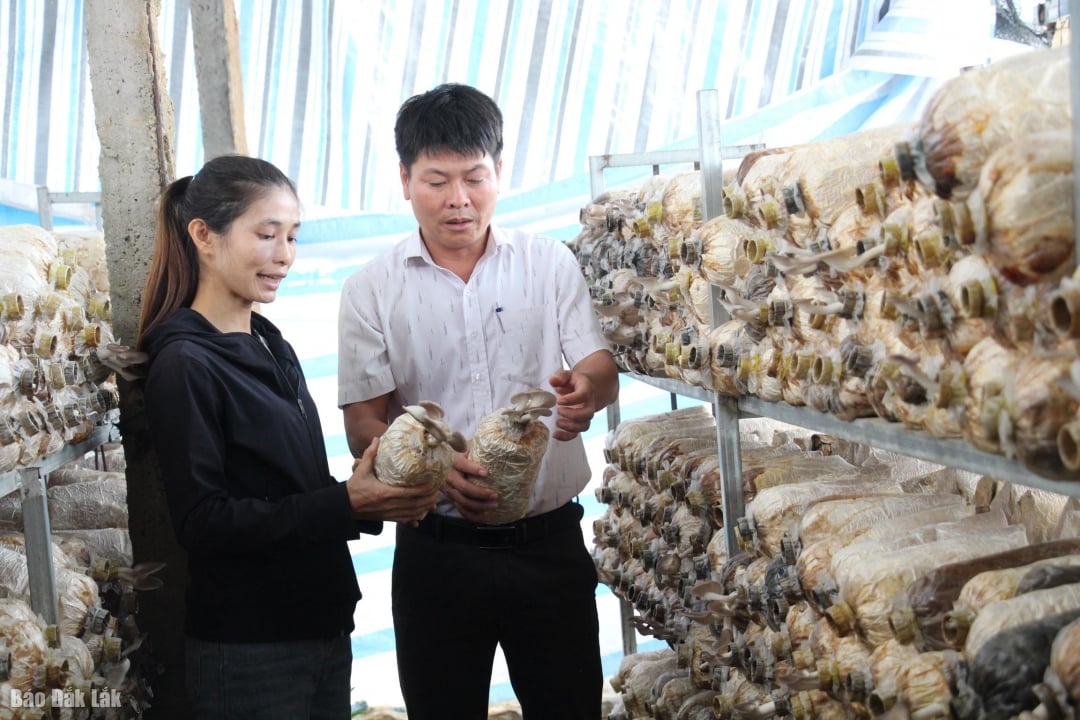







Comment (0)